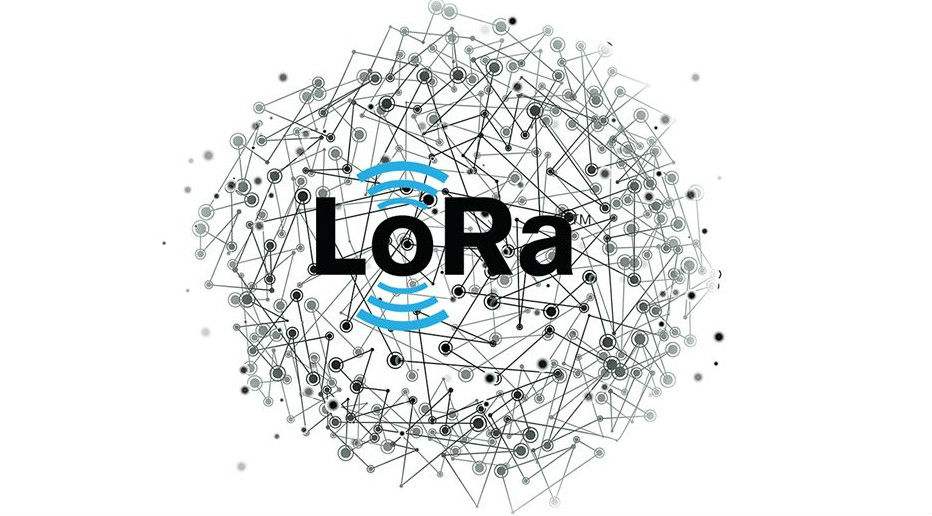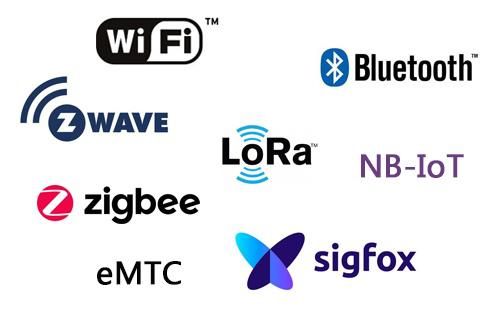

— Blogs —
—Products—
 Consumer hotline +8618073152920
Consumer hotline +8618073152920 WhatsApp:+8615367865107
Address:Room 102, District D, Houhu Industrial Park, Yuelu District, Changsha City, Hunan Province, China
Product knowledge
Time:2022-01-22 16:48:27 Popularity:1072
What are the advantages of both ZigBee and Lora?
ZigBee is a low-power local area network protocol based on the IEEE802.15.4 standard. LoRa is one of the LPWAN communication technologies. So which is better, lora wireless or ZigBee? Today we will take a look at the specific introduction.
LoRa is one of the LPWAN communication technologies, and is an ultra-long-distance wireless transmission scheme based on spread spectrum technology adopted and promoted by Semtech in the United States. This solution changes the previous compromise between transmission distance and power consumption, and provides users with a simple system that can achieve long distance, long battery life, and large capacity, thereby expanding the sensor network. At present, LoRa mainly operates in free frequency bands around the world, including 433, 868, 915 MHz, etc.
ZigBee is a wireless connection that can work in 3 frequency bands of 2.4GHz (popular in the world), 868MHz (popular in Europe) and 915 MHz (popular in the United States), with transmissions up to 250kbit/s, 20kbit/s and 40kbit/s respectively speed, its transmission distance is in the range of 10-75m, but it can continue to increase.
LoRa is a variety of wireless technologies in IoT applications, which can form a local area network or a wide area network. LoRa technology has the characteristics of long distance, low power consumption (long battery life), multiple nodes, and low cost.

lora
The advantages of LORA:
1. Improve the sensitivity of receiving and reduce power consumption
A link budget of up to 157db enables communication distances up to 15km (depending on the environment). Its receiving current is only 10mA, and the sleep current is 200nA, which prolongs the service life of the battery.
2. The gateway/concentrator based on this technology supports the parallel processing of multi-channel and multi-data, and the system capacity is large
As shown in the network architecture diagram of LORAWAN, the gateway is the bridge between the node and the IP network (via 2G/3G/4G or Ethernet). Each gateway can handle 5 million communications between nodes every day (assuming 10Bytes are sent each time, and the network occupancy rate is 10%). It can cover around 2km in a densely built urban environment, and up to 10km in less dense suburban areas.
3. Systems based on LoRa terminals and concentrators/gateways can support ranging and positioning
LORA's measurement of distance is based on the airtime of the signal rather than the traditional RSSI. The positioning is based on the measurement of the spatial transmission time difference between multiple points (gateways) to one point (node). Its positioning accuracy can reach 5m (assuming a range of 10Km).
These key features make LORA technology ideal for IoT applications that require low power consumption, long distance, massive connectivity, and location tracking, such as smart meter reading, smart parking, vehicle tracking, pet tracking, smart agriculture, smart industry, and smart cities , smart community and other applications and fields.

zigbee
Advantages of ZigBee:
ZigBee is a low-power LAN protocol based on the IEEE802.15.4 standard. ZigBee technology has the characteristics of short distance, low complexity, low power consumption, low speed and low cost. It is mainly used for data transmission between various electronic devices with short distance, low power consumption and low transmission rate, as well as typical applications with periodic data, intermittent data and low response time data transmission. It can work in 3 frequency bands of 2.4GHz (popular in the world), 868MHz (popular in Europe) and 915 MHz (popular in the United States), with a maximum transmission rate of 250kbit/s, 20kbit/s and 40kbit/s, and its transmission distance is 10-75m range, but can continue to increase.
Generally speaking, applications that meet the following characteristics are the advantages of Zigbee applications:
① Low-cost devices that require wireless communication to exchange information;
② The amount of data exchange is small, and the transmission rate is not required to be high;
③ The power consumption requirements are extremely low, and the battery is used for power supply and needs to be maintained for a long time;
4. The occasions where multiple (especially a large number of) devices are required to form a wireless communication network, mainly for monitoring and control.
Related recommendations
Sensors & Weather Stations Catalog
Agriculture Sensors and Weather Stations Catalog-NiuBoL.pdf
Weather Stations Catalog-NiuBoL.pdf
Related products
 Combined air temperature and relative humidity sensor
Combined air temperature and relative humidity sensor Soil Moisture Temperature sensor for irrigation
Soil Moisture Temperature sensor for irrigation Soil pH sensor RS485 soil Testing instrument soil ph meter for agriculture
Soil pH sensor RS485 soil Testing instrument soil ph meter for agriculture Wind Speed sensor Output Modbus/RS485/Analog/0-5V/4-20mA
Wind Speed sensor Output Modbus/RS485/Analog/0-5V/4-20mA Tipping bucket rain gauge for weather monitoring auto rainfall sensor RS485/Outdoor/stainless steel
Tipping bucket rain gauge for weather monitoring auto rainfall sensor RS485/Outdoor/stainless steel Pyranometer Solar Radiation Sensor 4-20mA/RS485
Pyranometer Solar Radiation Sensor 4-20mA/RS485
Screenshot, WhatsApp to identify the QR code
WhatsApp number:+8615367865107
(Click on WhatsApp to copy and add friends)